- Home
- Upcoming #SLEEPON APP 3.0
- Upcoming #SLEEPON APP 3.0 Feature Sharing # Sleep Overview
Upcoming #SLEEPON APP 3.0 Feature Sharing # Sleep Overview

Our SLEEPON APP 3.0 upgrade is coming soon!
Over the past few weeks, we have shared the latest articles about the SLEEPON 3.0 APP feature updates:
- Upcoming #SLEEPON APP 3.0 Feature Sharing #PSQI
- Upcoming #SLEEPON APP 3.0 Feature Sharing # – Sleep Factors
- SLEEPON APP 3.0 Feature Sharing# – ODI
- SLEEPON APP 3.0 Feature Sharing# – SLEEP SCORE
Today, we are excited to share with you the upcoming new feature module of the SLEEPON 3.0 version, Sleep Overview. We will provide a clear panel for several important sleep indicators (heart rate, blood oxygen, sleep stages, and sleep activity). The updated panel will make it easier for our users to view, read, and download our sleep data.
Sleep Overview
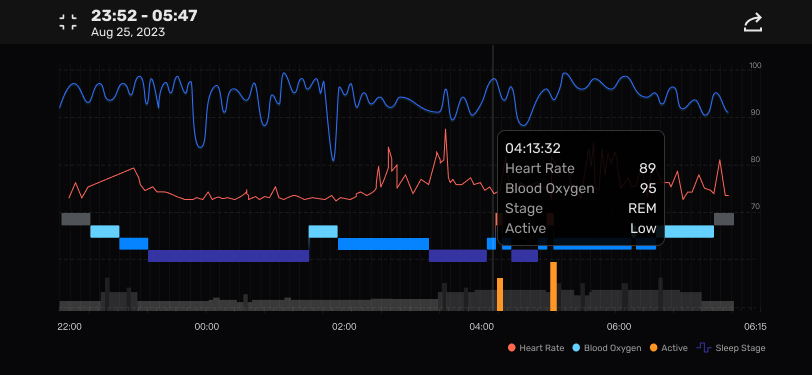
Heart Rate
Different heart rate patterns may indicate different health issues. Here are some potential health issues and corresponding heart rate ranges:
| Type | Range | Possible issues |
| Resting heart rate too high | >= 100 bpm | Arrhythmia, hyperthyroidism, anxiety or stress, heart disease, etc. |
| Resting heart rate too low | < 60 bpm | Sinus bradycardia, atrial fibrillation, heart block, heart disease, etc. |
| Irregular heart rate | Irregular rhythm | Arrhythmia, atrial fibrillation, ventricular fibrillation, etc. |
| Abnormal heart rate variability | Abnormally low variability | Cardiovascular disease, autonomic nervous system dysfunction, diabetes, etc |
| Prolonged elevated heart rate after exercise | Sustained above 150 bpm | Overtraining, cardiovascular disease, myocarditis, etc. |
| Elevated heart rate during nighttime | Sustained above 100 bpm | Sleep apnea, cardiovascular disease, anxiety, etc. |
Different heart rate patterns observed during sleep may indicate the following health issues:
| Type | Possible issues |
| Elevated or irregular heart rate during sleep | Sleep apnea, anxiety, cardiovascular disease, etc. Sleep apnea may lead to a decrease in oxygen levels, causing an increase in heart rate during sleep; anxiety and cardiovascular disease may also contribute to abnormal or irregular heart rates during sleep. |
| Slow heart rate during sleep | Sinus bradycardia, atrial fibrillation, atrial flutter, etc. These arrhythmias may be particularly evident during sleep due to physiological regulation slowing down heart rate. |
| Nocturnal heart rate variability | Autonomic nervous system dysfunction, cardiovascular disease, etc. Variations in heart rate during the night may reflect autonomic nervous system imbalance or cardiovascular system instability. |
| Prolonged elevated heart rate during sleep | Decreased sleep quality, sleep apnea, anxiety, cardiovascular disease, etc. Prolonged elevated heart rate during sleep may impact sleep quality and could be associated with underlying health issues. |
It’s important to note that these issues and ranges are just general reference values. Specific cases need to be assessed comprehensively, taking into account individual factors such as age, gender, physique, lifestyle, etc.
Related >>>
- Heart Rate – Revitalized Because of You
- Unveiling the Secrets of Heart Rate: How Your Heartbeat Reveals Your Health Condition?
- Understanding resting heart rate
- Understanding Heart Rate Variability
Blood Oxygen
Blood oxygen saturation (SpO2) refers to the oxygen content in the blood, usually expressed as a percentage. The normal range of blood oxygen saturation is between 95% and 100%. During sleep, blood oxygen levels may decrease to some extent, especially during rapid eye movement (REM) sleep. However, persistently low blood oxygen levels may be a sign of sleep apnea or other sleep-related breathing disorders.
Here are some possible issues related to different blood oxygen levels:
Low blood oxygen saturation:
Possible issues: Sleep apnea, lung diseases (such as chronic obstructive pulmonary disease), cardiovascular disease, etc. Persistently low blood oxygen levels may lead to hypoxia, affecting the function of the heart and other organs.
High blood oxygen saturation:
Possible issues: Respiratory system diseases, cardiovascular diseases, etc. High blood oxygen saturation may be related to abnormal lung function, inadequate ventilation, or problems with the circulatory system.
Read More >>
Sleep Stages
Sleep stages refer to different phases of sleep within the sleep cycle, typically categorized into REM (rapid eye movement) sleep and non-REM sleep (including light sleep and deep sleep). Sleep staging is crucial for understanding the physiological processes of sleep and diagnosing sleep disorders.
Non-REM Sleep Stages:
| Stage N1 (Light Sleep) | The initial stage of falling asleep, characterized by relaxation of the body and low-frequency, high-amplitude brain waves on EEG. |
| Stage N2 (Moderate Sleep) | Occurring within 10-25 minutes after falling asleep, this stage comprises a significant portion of sleep time. Slow-wave sleep begins to emerge, with EEG showing “sleep spindles.” |
| Stage N3 (Deep Sleep) | Also known as slow-wave sleep, typically occurs around 20-40 minutes after falling asleep. During this stage, slow-wave (delta) brain activity constitutes over 25% of the sleep cycle. |
REM Sleep Stage:
REM Sleep: This active sleep stage usually occurs later in the sleep cycle, characterized by rapid eye movements and high-frequency, low-amplitude EEG patterns. REM sleep is associated with increased likelihood of dreaming, muscle relaxation, but brain activity levels similar to wakefulness.
Sleep staging finds wide application in the field of sleep, including:
Diagnosing Sleep Disorders: Monitoring the proportions and durations of different sleep stages helps diagnose and evaluate various sleep disorders such as sleep apnea, unusual sleep behaviors, and periodic limb movement disorder.
Studying Sleep Physiology: Sleep staging aids in studying the physiological processes of sleep, such as dream occurrence, brain memory consolidation, and neural regulation.
Treating Sleep Disorders: For certain sleep disorders like sleep apnea, specific treatments may be tailored to target particular sleep stages, enhancing treatment efficacy.
Optimizing Sleep Health: Understanding the characteristics of sleep stages can help individuals optimize sleep environments and lifestyles, promoting healthier sleep patterns.
Thus, sleep staging plays a crucial role in sleep research, diagnosis, and treatment. Monitoring and assessing sleep staging are often indispensable for better understanding and managing sleep issues.
Read More >>>
Body Movements during Sleep
Sleep body movements refer to the physical movements that occur during sleep, including limb movements, rolling over, tossing, etc. Sleep body movements are essential indicators in sleep monitoring, crucial for assessing sleep quality, diagnosing sleep disorders, and monitoring treatment effectiveness.
The following are the primary applications of sleep body movements in sleep monitoring:
Assessing Sleep Quality: Sleep body movements are crucial indicators for assessing sleep quality. Excessive sleep body movements may affect sleep continuity and depth, leading to decreased sleep quality. Monitoring the frequency, duration, and intensity of sleep body movements can evaluate an individual’s sleep quality level.
Detecting Sleep Disorders: Certain sleep disorders, such as periodic limb movement disorder (PLMD) and unusual sleep behaviors, can result in abnormal sleep body movements. Monitoring sleep body movements can aid in diagnosing these sleep disorders and formulating appropriate treatment plans.
Monitoring Treatment Effectiveness: For some sleep disorders like sleep apnea and PLMD, treatment effectiveness is often evaluated by monitoring sleep body movements. After effective treatment, the frequency and intensity of sleep body movements typically decrease, serving as an indicator of treatment effectiveness.
Studying Sleep Physiology: Sleep body movements can also be used to study sleep physiology, exploring the relationship between body movement during sleep and other physiological processes (such as respiration, heart rate variability, etc.) and their correlations with sleep quality and sleep disorders.
Therefore, sleep body movements hold significant value in sleep monitoring, providing robust support and guidance for sleep assessment, sleep disorder diagnosis, and treatment monitoring.
Read More >>>
SLEEPON 3.0 Upgrade: Your Voice Matters!
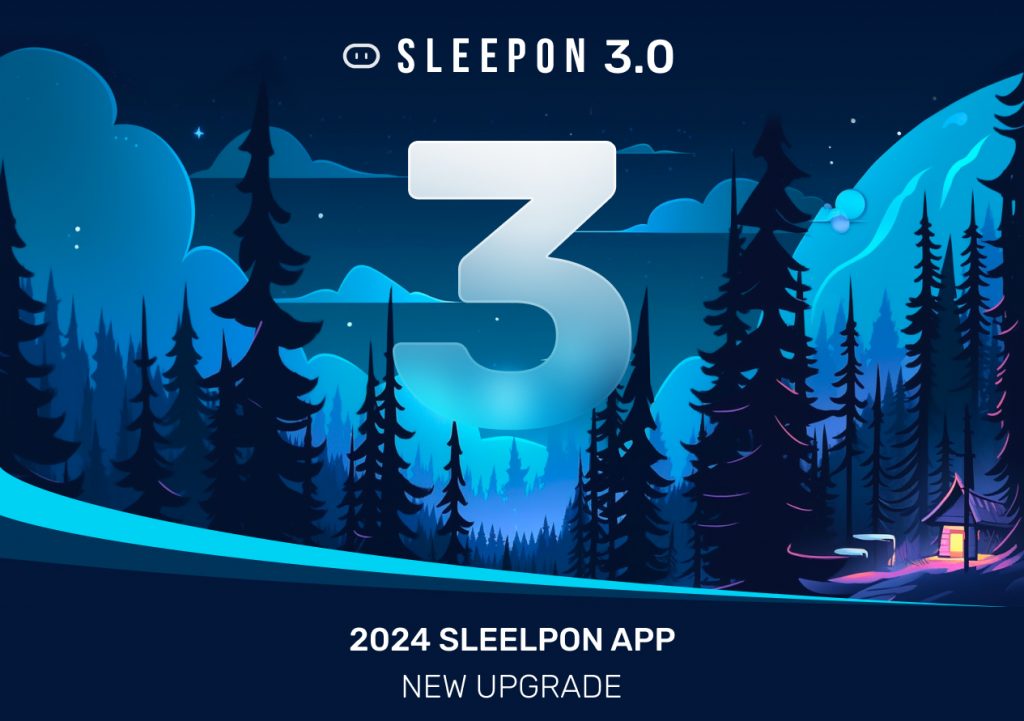
Dear Go2sleep community members, Go2sleep is about to undergo a major upgrade – Go2sleep 3.0! At this important moment, we eagerly await your feedback to understand your expectations and suggestions.
Customized experience: Your feedback will help us better understand your needs and provide you with a more personalized sleep experience.
Technological advancement: We hope to hear your opinions on new features, improvements, and innovations to ensure that Go2sleep 3.0 meets your expectations.
Community co-building: By sharing your opinions, you will become a key member in shaping the future of Go2sleep and building the community together.
Share your suggestions in the comments:
We invite you to leave your suggestions, expectations, or any ideas about Go2sleep 3.0 in the comments section. You can discuss the features you are most looking forward to, your expectations for the upgrade, or your personal sleep experience.
For more news on the 3.0 APP upgrade, subscribe and follow us.
403A, Building A2, Zhihui Park, Fuyong Street, Bao'an District, Shenzhen, Guangdong, China
Products
Company
Copyright © SLEEPON. All rights reserved.
SLEEPON keeps both Sleeponhealth and Sleepon.us due to the brand upgrading. We promise to provide the same products and service in both sites.

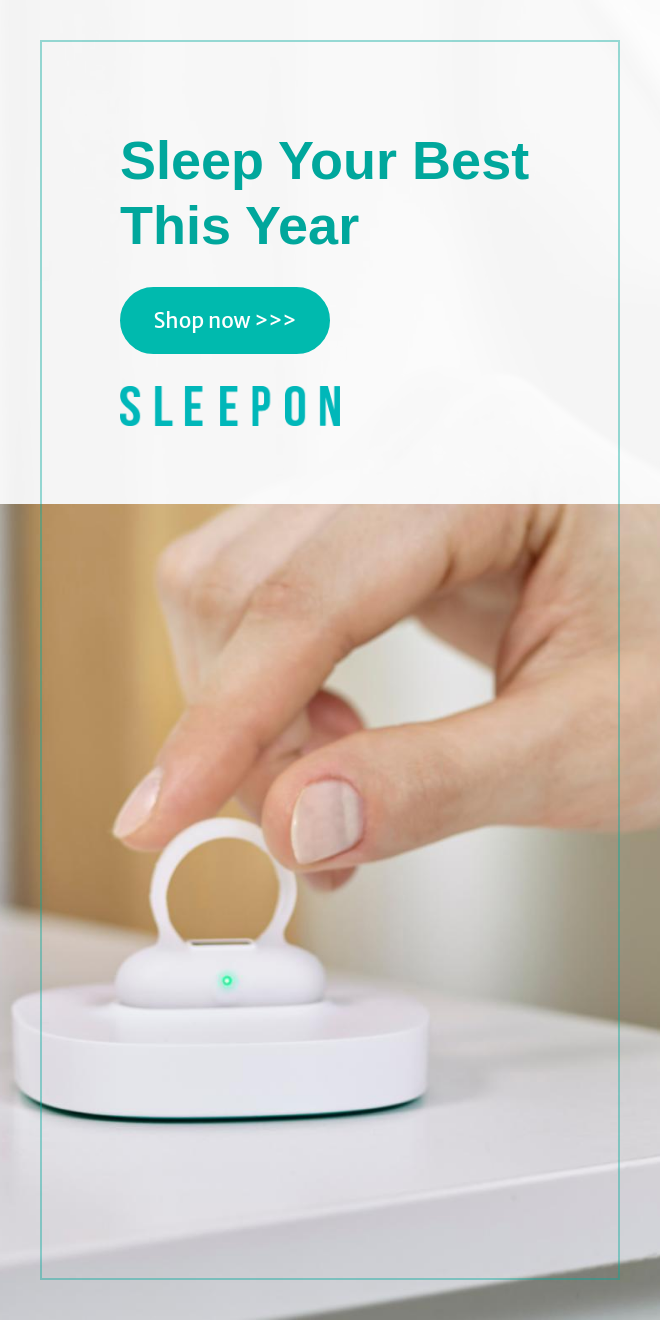
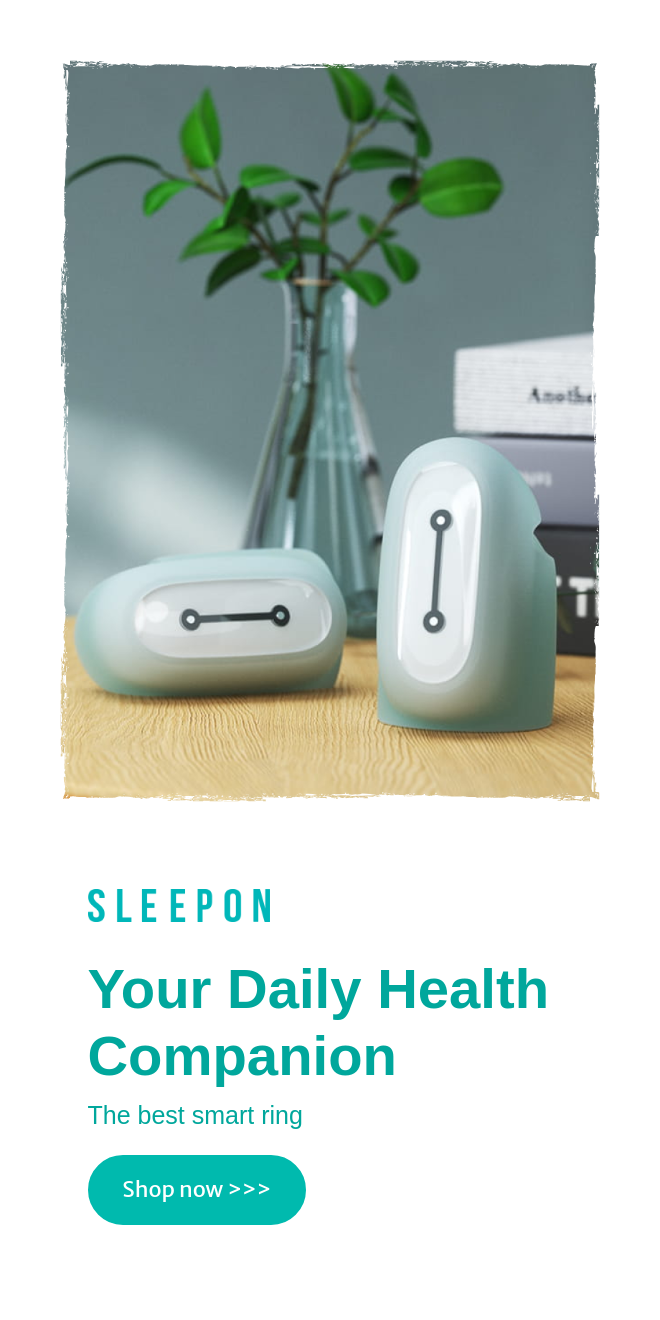


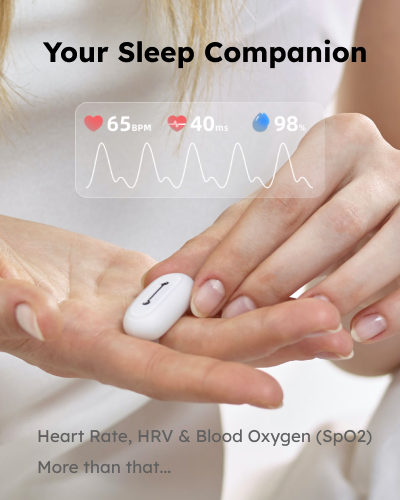





Leave a Reply